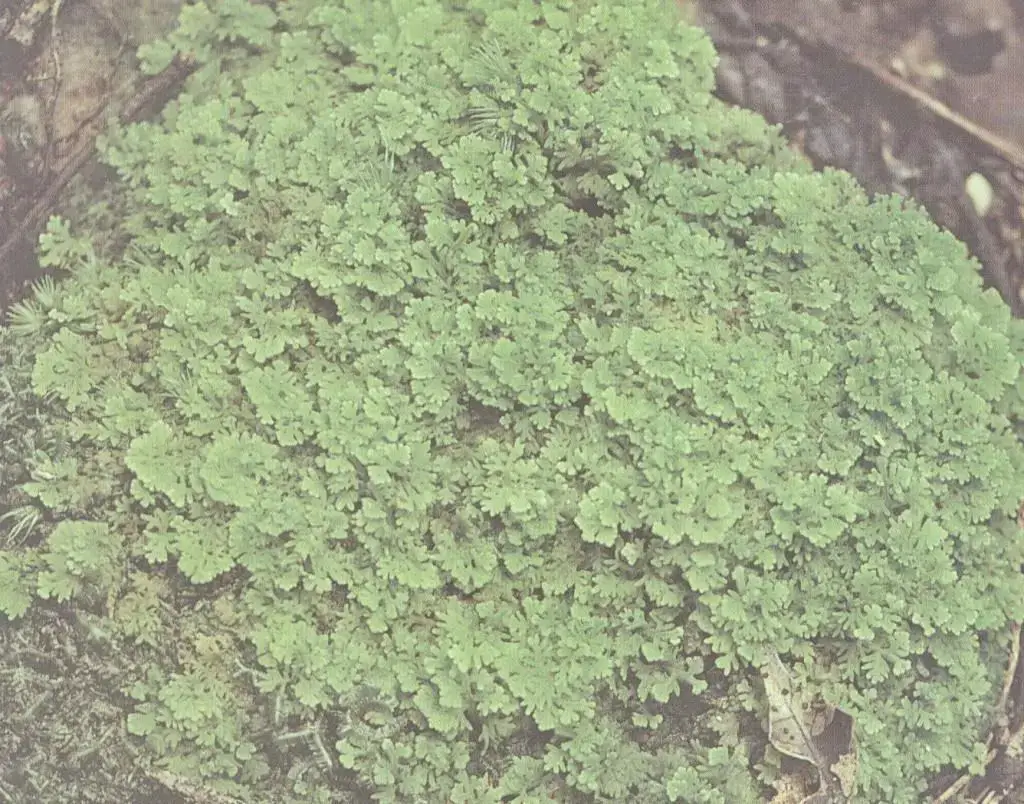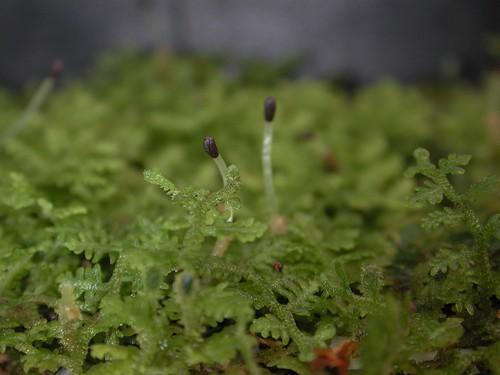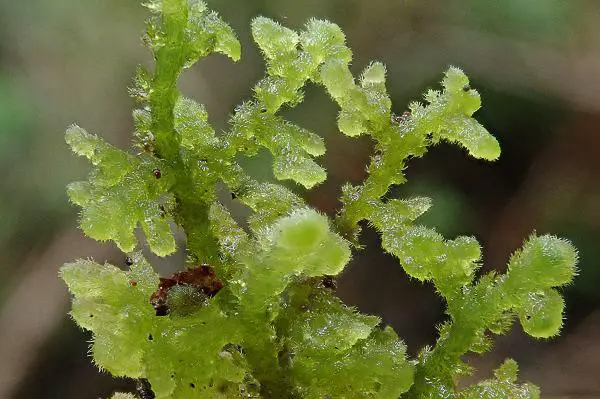
Ft24CM8X0AEsDJx.jpg from: https://twitter.com/LemonStephen/status/1647675402259775491
Exploring the Fascinating World of Trichocolea Moss

kaset-0110.1-1024×804.jpg from: https://www.thaikasetsart.com/ไทรโคโคเลีย/
Introduction

7213379532_10d25d6fcd.jpg from: https://www.flickr.com/photos/anpc/7213379532/
Mosses are some of the most ancient and resilient plants on Earth. One particularly intriguing species is

Trichocolea-tomentella.jpg from: https://www.britishbryologicalsociety.org.uk/learning/species-finder/trichocolea-tomentella/
Trichocolea pterophylla Herzog, a type of leafy liverwort moss in the Trichocoleaceae

Dunmossa-2-Lerbackshult-2022.jpg from: https://webbapp.signalarter.se/mossor-signalarter/dunmossa-trichocolea-tomentella/
family. Also known simply as Trichocolea, this moss has some remarkable characteristics. Let’s dive in and learn more about this fascinating plant!
Background on Trichocolea Moss
Trichocolea pterophylla Herzog is classified in the phylum Marchantiophyta and class Jungermanniopsida. The name “Trichocolea” comes from Greek, meaning “hairy sheath”, referring to the moss’ densely hairy leaf-like structures. It is found in tropical and subtropical regions around the world.
Morphology and Identification
One of the most striking features of Trichocolea moss is its intricate branching pattern and delicate, feathery appearance. The main stem produces irregular branches that are pinnately divided, meaning they are arranged on opposite sides like a feather. The leaf-like structures, called phyllidia, are deeply divided and covered in fine, hair-like outgrowths. This gives Trichocolea pterophylla a very soft, fuzzy texture.
Global Distribution and Habitat
Trichocolea has a wide distribution in tropical and subtropical regions of the Americas, Africa, Asia, and Oceania. It typically grows in humid forests at mid to high elevations. You can find it growing on tree trunks, branches, rocks, and sometimes on the forest floor. It prefers shaded, moist environments where it can form dense mats.
Ecological Roles and Adaptations
Like other mosses, Trichocolea plays important roles in its ecosystem:
- Moisture retention: The dense mats help trap and retain moisture in the environment.
- Providing habitat: Many small invertebrates live among the branches.
- Nutrient cycling: As it grows and decomposes, it contributes to nutrient cycling.
Trichocolea has several adaptations that allow it to thrive:
- Poikilohydry: It can tolerate drying out and rehydrate when moisture is available again.
- Hairy phyllidia: The hair-like structures on the leaf surfaces help trap water and may deter herbivores.
- Asexual reproduction: It can reproduce via fragmentation when branches break off and grow into new plants.
Conclusion
Trichocolea pterophylla Herzog is a prime example of the incredible diversity of mosses. From its intricate structure to its ecological roles, this species highlights how important these ancient plants still are today. Next time you’re in a tropical forest, take a closer look – you may just spot some Trichocolea moss!